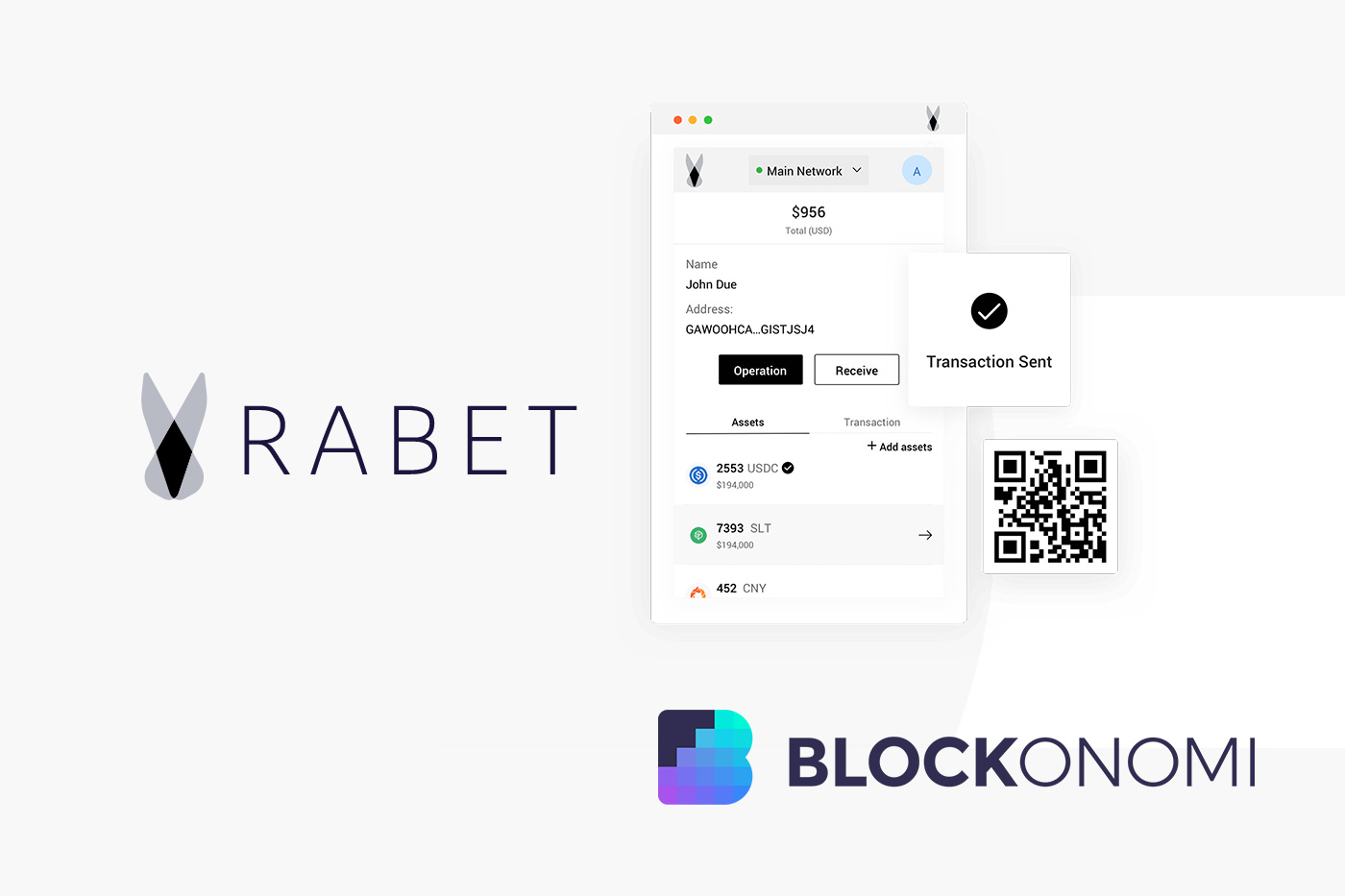Crypto societies and interactions are increasingly governed by networks that comprise like-minded individuals who share the same principles and vision. Governance in the cryptocurrency community, also referred to as On-chain governance, seeks to ensure that protocols continue running as designed without shifting in favor of any individual allowing all participants to use or build on them. Notably, stakeholders in this process include developers, users, and transaction validators.
The term crypto governance has to do with everything enshrined in the community. The stakeholders in the community have the power to influence new products, critical features, updates, and even change the project’s roadmap. While the crypto government might look good on paper, the transition is much more complicated. The process involves factoring in ongoing developments, stakeholder participation, and incentive systems for existing and upcoming users.
On-chain governance can be defined as the mechanism that allows a decentralized community to make updates on a blockchain by voting. The process involves giving users the power to vote through the project’s native token. These tokens serve as rules in which projects perform transactions and block verification. Usually, the users’ vote weight is determined by the number of tokens they hold.
That said, governance tokens are not minted in the same way as regular cryptocurrencies, and they are distributed by projects founders based on funds allocation. At times, these tokens can be distributed through users’ average returns. Notably, the different approach ensures that people within the community do not associate monetary value to the overall governance process.
The Rabet token (RBT)
Sharing the same principles as many community governed projects, Rabet, a Stellar-based project, recently decided to mint its native token, Rabet token denoted as $RBT. The $RBT is aimed at helping turn the community members into stakeholders, which will help bring out Rabet’s value.
The RBT token serves as a governance token allowing users to participate in the overall growth of the project. The token will allow holders to vote on significant community issues and participate in other developments through Rabet’s portal that will soon be added.
The tokens currently have a total supply of 100,000,000 RBT. Note, 50% of these tokens have been allocated to reward the Rabet ecosystem through incentive holding, hunting bugs, and providing liquidity. 20% will be used for the pre-sale, while the remaining 30% will be equally divided between the public sale, marketing, and the team.
In addition to governance, RBT will be used as an incentive tool. The token will be used as a bug report bounty, pool reward, and holder reward, distributed each month in proportion to the number of tokens held by the user. Note for a user to qualify for this reward, they will be required to hold at least 1000 RBT.
Rabet is a combined set of open-source wallets created for the Stellar network. The platform allows global communities to easily interact with the Stellar network. Rabet makes it easy for users to perform various operations on Stellar, including asset transfer and interacting with other Stellar blockchain applications. Users can operate in the Stellar network as many times as they want, taking advantage of Rabet’s simple and beautiful UI. For developers, Rabet simplifies the integration process by eliminating the need for installing an SDK or other additional packages.
Rabet key features include a sound design that makes the platform much more accessible and high security, guaranteed by encrypting and storing user data on their local device. Rabet serves as a gateway, a ‘passport’ allowing users to interact with any SApps on the Stellar network. Lastly, Rabet offers support for various platforms that have gone a long way in accommodating different sets of users within the market.







































